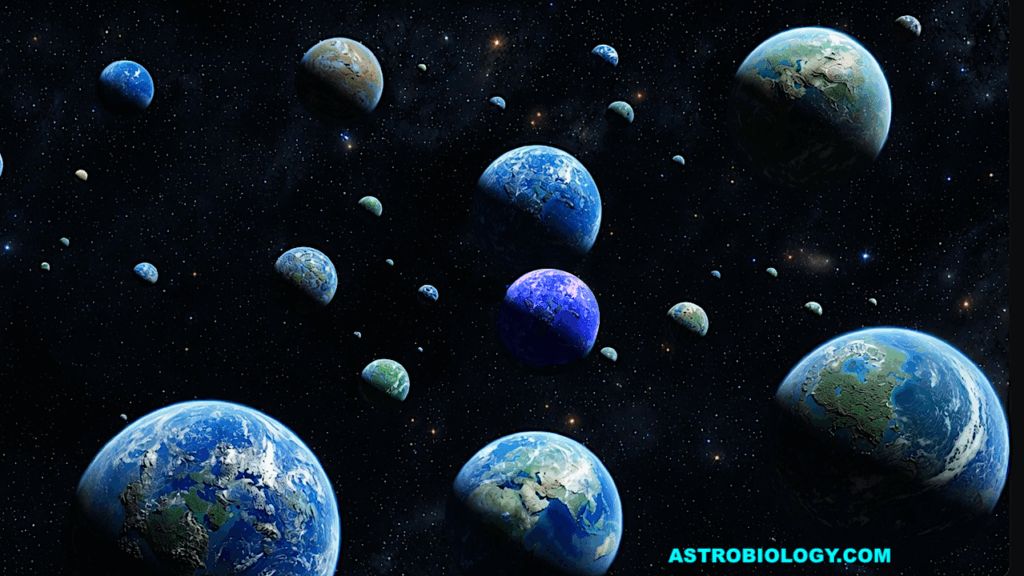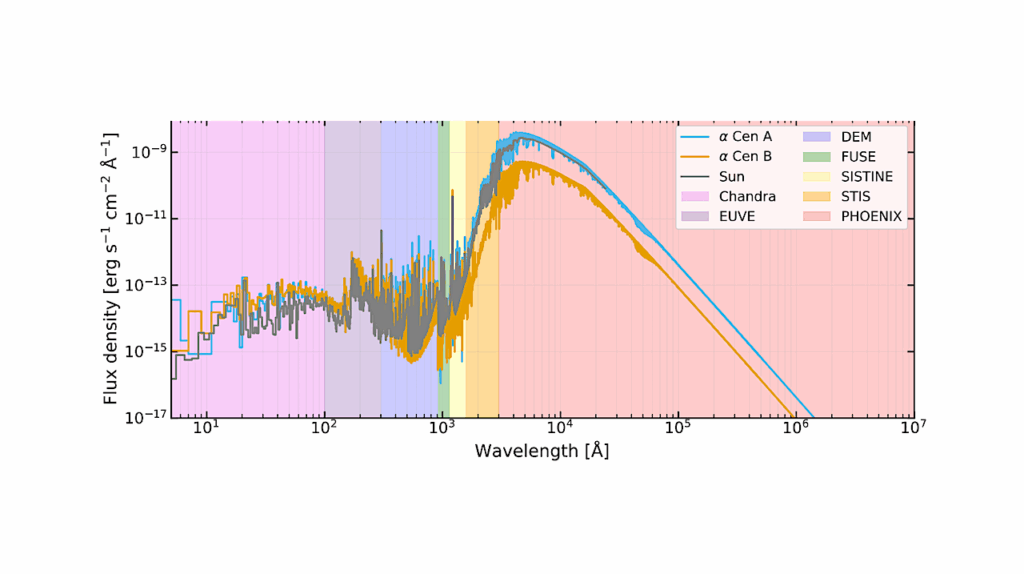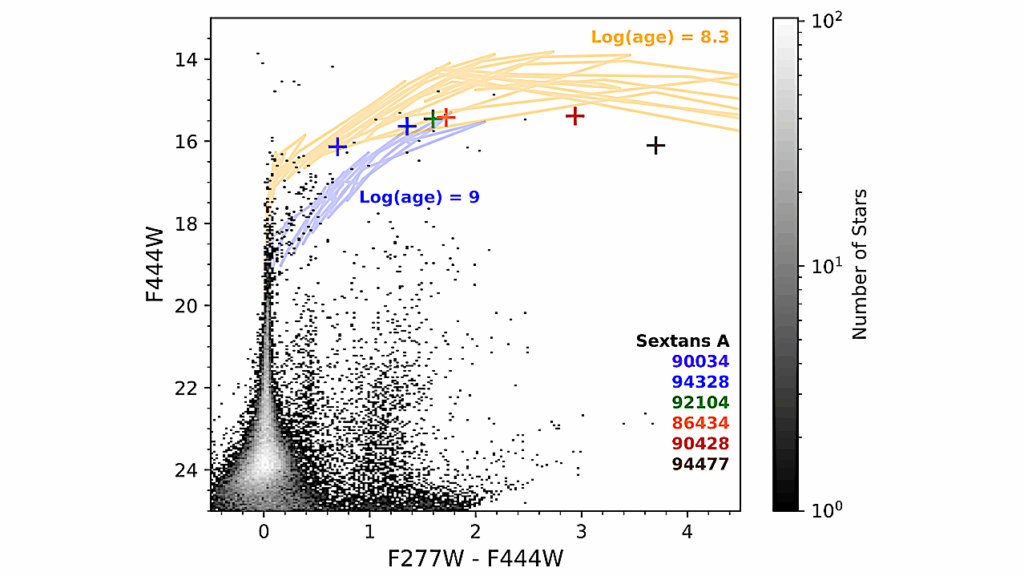The Space Weather Around The Exoplanet GJ 436b

The space environment in which planets are embedded depends mainly on the host star and impacts the evolution of the planetary atmosphere. The quiet M dwarf GJ 436 hosts a close-in hot Neptune which is known to feature a comet-like tail of hydrogen atoms escaped from its atmosphere due to energetic stellar irradiation.
Understanding such star-planet interactions is essential to shed more light on planet formation and evolution theories, in particular the scarcity of Neptune-size planets below 3 d orbital period, also known as “Neptune desert”. We aimed at characterising the stellar environment around GJ 436, which requires an accurate knowledge of the stellar magnetic field. The latter is studied efficiently with spectropolarimetry, since it is possible to recover the geometry of the large-scale magnetic field by applying tomographic inversion on time series of circularly polarised spectra.
We used spectropolarimetric data collected in the optical domain with Narval in 2016 to compute the longitudinal magnetic field, examine its periodic content via Lomb-Scargle periodogram and Gaussian Process Regression analysis, and finally reconstruct the large-scale field configuration by means of Zeeman-Doppler Imaging. We found an average longitudinal field of -12 G and a stellar rotation period of 46.6 d using a Gaussian Process model and 40.1 d using Zeeman-Doppler Imaging, both consistent with the literature. The Lomb-Scargle analysis did not reveal any significant periodicity.
The reconstructed large-scale magnetic field is predominantly poloidal, dipolar and axisymmetric, with a mean strength of 16 G. This is in agreement with magnetic topologies seen for other stars of similar spectral type and rotation rate.
S. Bellotti, R. Fares, A. A. Vidotto, J. Morin, P. Petit, G. A. J. Hussain, V. Bourrier, J.F. Donati, C. Moutou, E. Hebrard
Comments: 9 pages, 8 figures, 3 tables
Subjects: Solar and Stellar Astrophysics (astro-ph.SR); Earth and Planetary Astrophysics (astro-ph.EP); Space Physics (physics.space-ph)
Cite as: arXiv:2306.15391 [astro-ph.SR] (or arXiv:2306.15391v1 [astro-ph.SR] for this version)
Submission history
From: Stefano Bellotti
[v1] Tue, 27 Jun 2023 11:32:28 UTC (14,182 KB)
https://arxiv.org/abs/2306.15391
Astrobiology,








